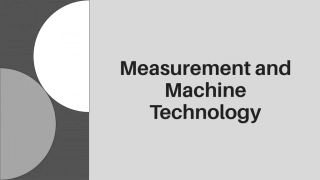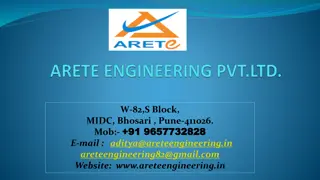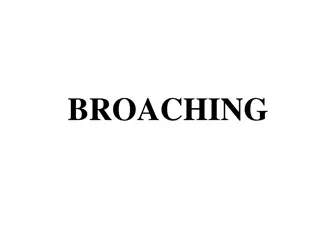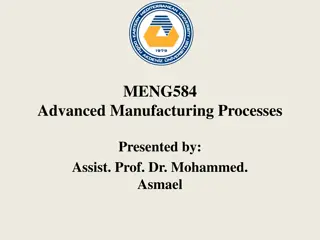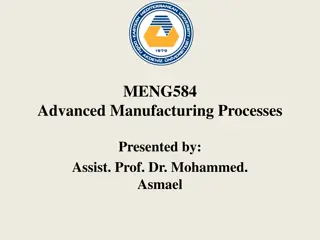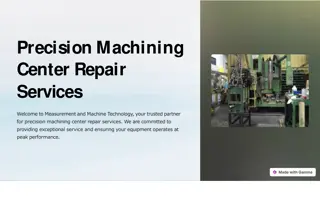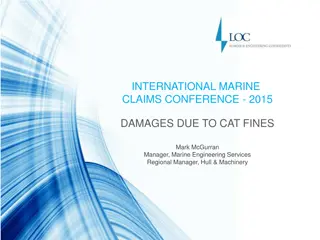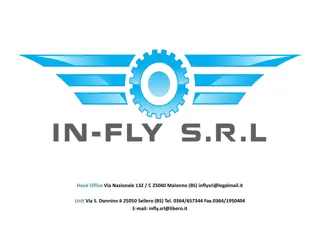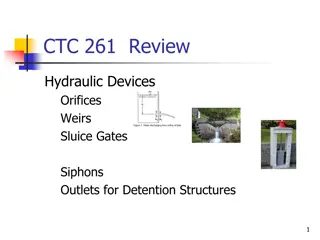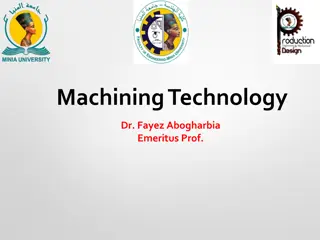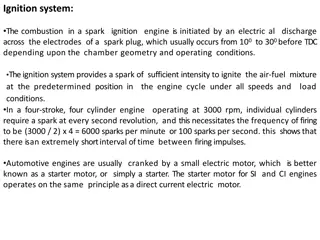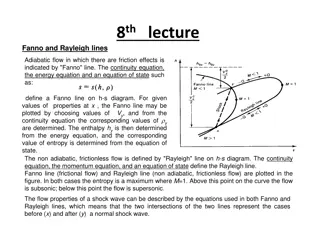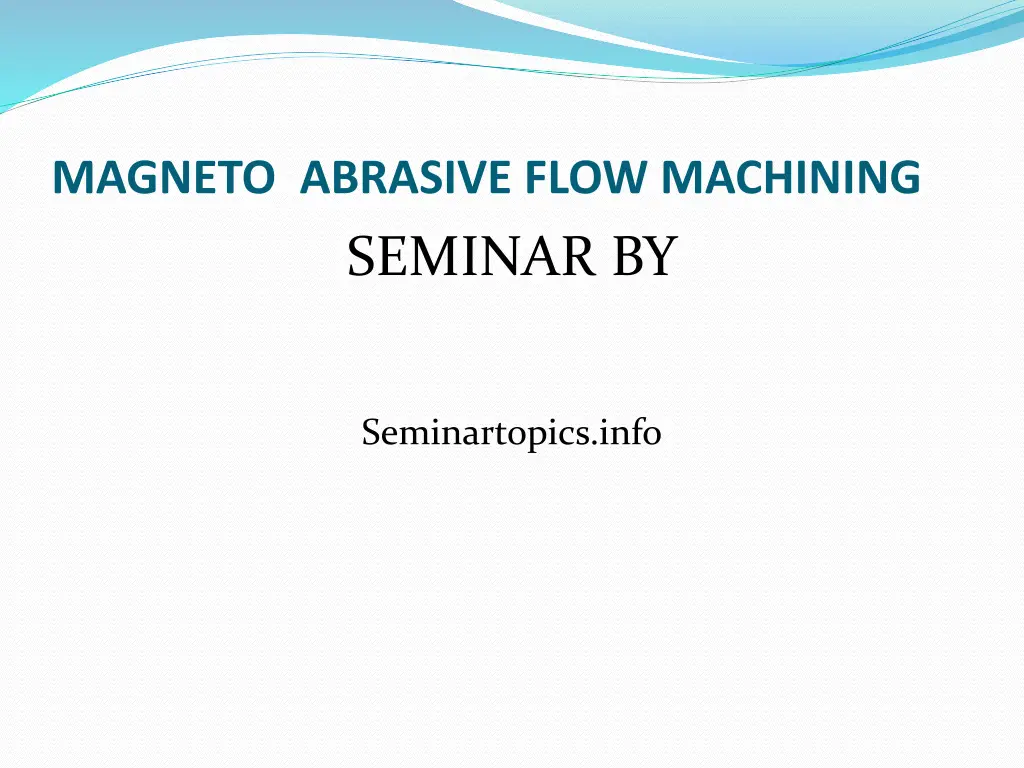
Understanding Magneto Abrasive Flow Machining Process
Learn about Magneto Abrasive Flow Machining (MAFM) process, a method for finishing metals and ceramics using magnetic abrasives. Discover the principles, types of machines, orbital MAFM process, key process parameters, advantages, and limitations of MAFM technology.
Download Presentation

Please find below an Image/Link to download the presentation.
The content on the website is provided AS IS for your information and personal use only. It may not be sold, licensed, or shared on other websites without obtaining consent from the author. If you encounter any issues during the download, it is possible that the publisher has removed the file from their server.
You are allowed to download the files provided on this website for personal or commercial use, subject to the condition that they are used lawfully. All files are the property of their respective owners.
The content on the website is provided AS IS for your information and personal use only. It may not be sold, licensed, or shared on other websites without obtaining consent from the author.
E N D
Presentation Transcript
MAGNETO ABRASIVE FLOW MACHINING SEMINAR BY Seminartopics.info
INTRODUCTION What is Magneto Abrasive Flow Machining? Magnetic abrasives are emerging as important finishing methods for metals and ceramics. Extrude Hone Corporation, USA, originally developed the AFM process in 1966. Modeling of surface generation and process monitoring of AFM was conducted by Williams and Rajurkarduring the late 1980s
PRINCIPLE a) Off-state MR fluid particles field (b) Aligning in an applied magnetic
TYPES OF MACHINES One-way machines: medium chamber adapted to receive and extrude medium unidirectionally across the internal surfaces of a work piece
Two-way machines: The medium is extruded, hydraulically or mechanically, from the filled chamber to the empty chamber via the restricted passageway through or past the work piece surface to be abraded.
Orbital MAFM Process Orbital Machines: In orbital MAFM, the work piece is precisely oscillated in two or three dimensions Before start of finishing Orbital MAFM concept is to provide transitional motion to the work piece While finishing
PROCESS PARAMETERS 1. Flow rate (volume) of the medium. 2. Magnetic flux density. 3. Number of cycles. 4. Extrusion pressure. 5. Viscosity of the medium. 6. Grain size and concentration of the abrasive. 7. Work piece material. 8. Flow volume of the medium.
ADVANTAGES A very high volume of internal deburring is possible. MAFM deburrs precision gears. MAFM polishes internal and external features of various components. MAFM removes recast layer from components. Effective on all metallic materials. Controllability, repeatability and cost effectiveness. Less Time Consumption.
LIMITATIONS Abrasive materials tend to get embedded, if the work material is ductile. Require closed environment. Require start up hole.
APPLICATIONS Automotives Medical implants Manufacturing industries
REFERENCES V.K. Jain - Advanced (Non-traditional) Machining Processes (e-book) http://masters.donntu.edu.ua/2010/fimm/kondratenk o/library/article9.htm http://www.sciencedirect.com/science

